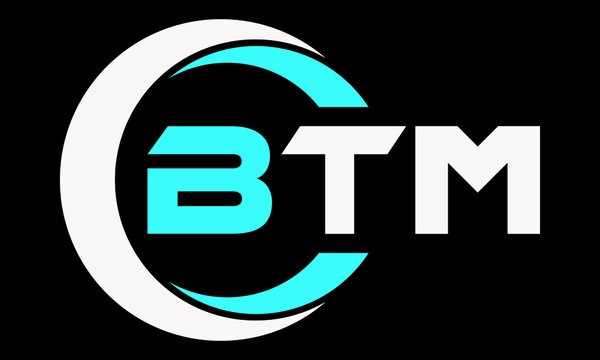Every business’s success depends on its communication. Owners of businesses of all sizes must develop communication techniques to minimize team fragmentation. This step-by-step approach will help you create a successful communication strategy to grow your company.
Define Clear Objectives
In the process of constructing your business communication matrix of objectives, you have to consider what you want. Perhaps you are in dire need of enhanced employee cooperation, increased customer loyalty, or a direct boost in the awareness of your company.
It is possible to say that goal setting is a particularly effective tool because it provides a clear vision and a clear understanding of success. For example, if you want to increase the productivity of a specific team, then you can orient the ways of communication toward effective work performance.
Understand Your Audience
If you want your messages to leave a good impression, remember that knowledge is power where the audience is concerned. Internal recipients are the staff, while external recipients are the consumers and all those who have a vested interest. Every group has various needs that should be met, as well as expectations that should be fulfilled.
Thus, understanding these distinctions can help you reframe how you are communicating. Some clients may require relevant, useful information about your products, while other stakeholders may be employees who may require regular policy updates.
Choose the Right Channels
Once you have identified your audience, the other step that follows is to determine the appropriate media to use in reaching out to the audience. This means that the various social media platforms are suitable for various uses depending on their overall suitability.
The internal communication channels could opt for email, the use of messaging apps, or project management tools, whereas the customer’s communication channels could use social media platforms, newsletters, or client service portals. Choosing the right channel helps make sure a specific message gets to the target consumer in both the right place and the right time.
Utilize Diverse Messaging Methods
Simplification of communication means employing different modes of passing messages so as to meet different clients’ preferences. The use of email, IM, and MMS (Multimedia Messaging Service) enables businesses to get their messages across to their employees and customers.
MMS messaging, for example, is suitable when one wants to send an image or a video to forward information in a short span of time. Having more than one platform available gives you more chances of spreading the messages and having a better take-up rate on the messages that are being put across, thus making the communication strategy more effective and flexible.
Encourage Two-Way Communication
Communication shouldn’t be one-sided. Feedback and free-flowing discussions should be encouraged, especially in the organization’s internal environments. For the employees, this encourages teamwork and any problems likely to arise are solved before they get out of hand.
Ex-communicating customers as an outlet for feedback, for instance, through the use of questionnaires, social media, or customer service, can enhance customer support as well as customer loyalty.
Monitor and Adjust
That’s why a communication strategy is never stagnant. It has to grow depending on the changes you may experience in your business or your audience’s behavior. This makes it easier to see where there is a need for change in the strategy as you conduct routine evaluations. For instance, it reveals that the levels of employees’ engagement are low.
One can understand that it is very important to implement new and more effective means of communication. For instance, response rates or customer feedback are some KPIs that enable the fine-tuning of the approach over time.
Align Communication with Company Culture
It is also important to ensure that your mode of communication mirrors the company’s values. For an organization that supports a culture of openness, it has to engage the workers and the stakeholders frequently.
However, if one of the primary intentions is to foster creativity, then one can focus on the number of interactions and idea generation. It is felt that the above objectives on communication and company culture may help to support principles and establish business unity.
Conclusion
Developing a sustainable business communication strategy requires some time and commitment in the long run. When it comes to goals and objectives, clarity is the key to choosing the right channels and reaching audiences, which facilitates the system for your business. Do not make your messages confusing and complex; always facilitate the communication, and if it does not work, try a different method of communication.





